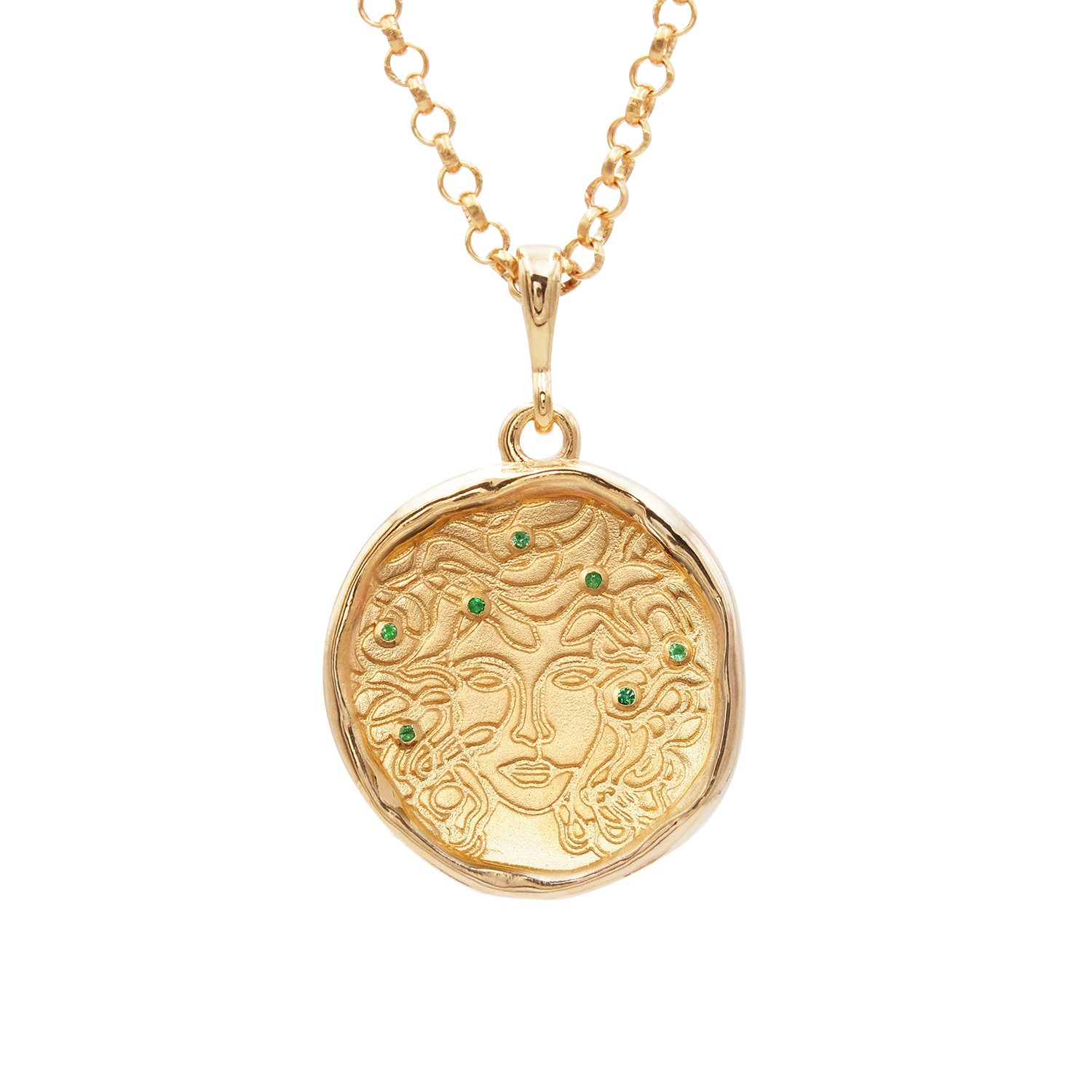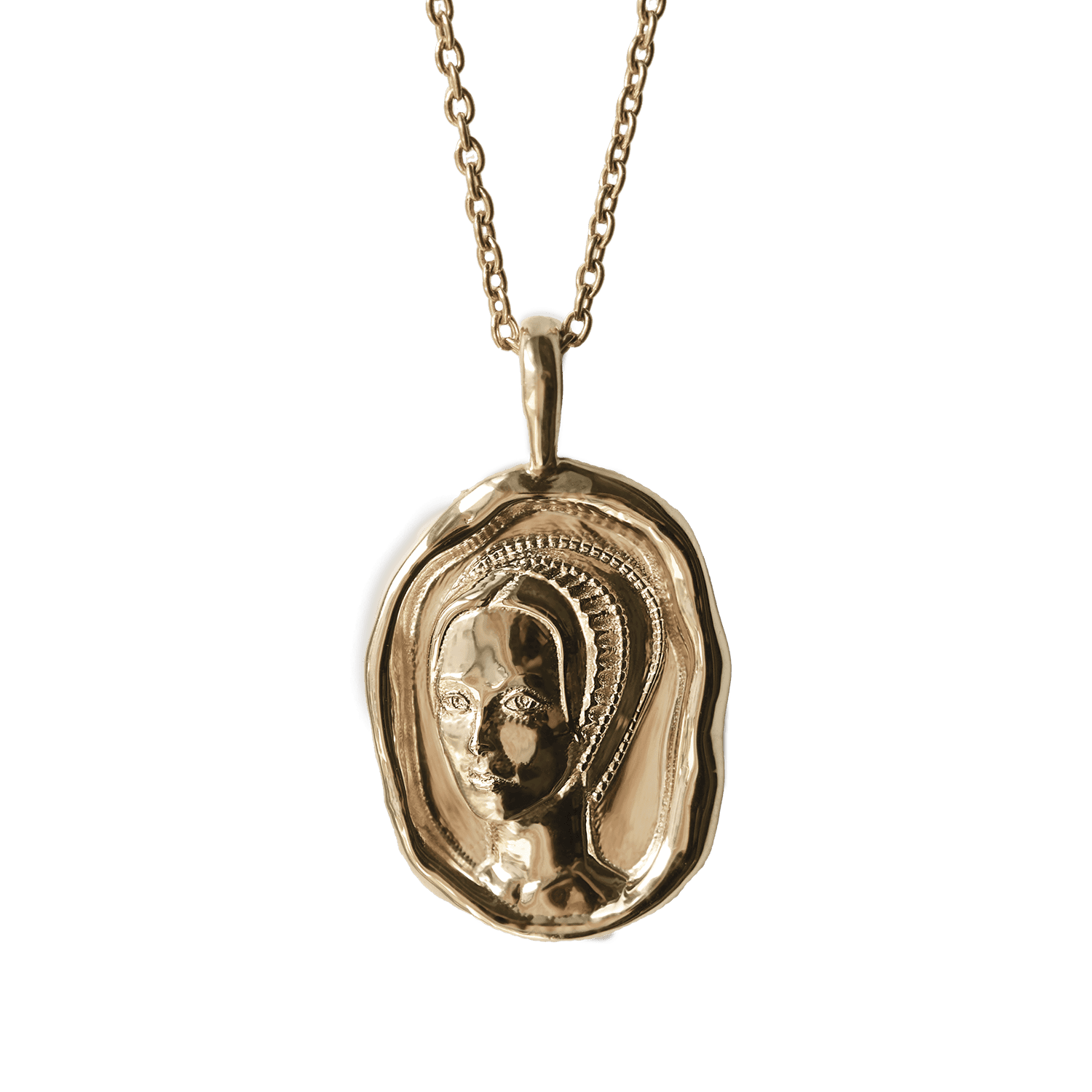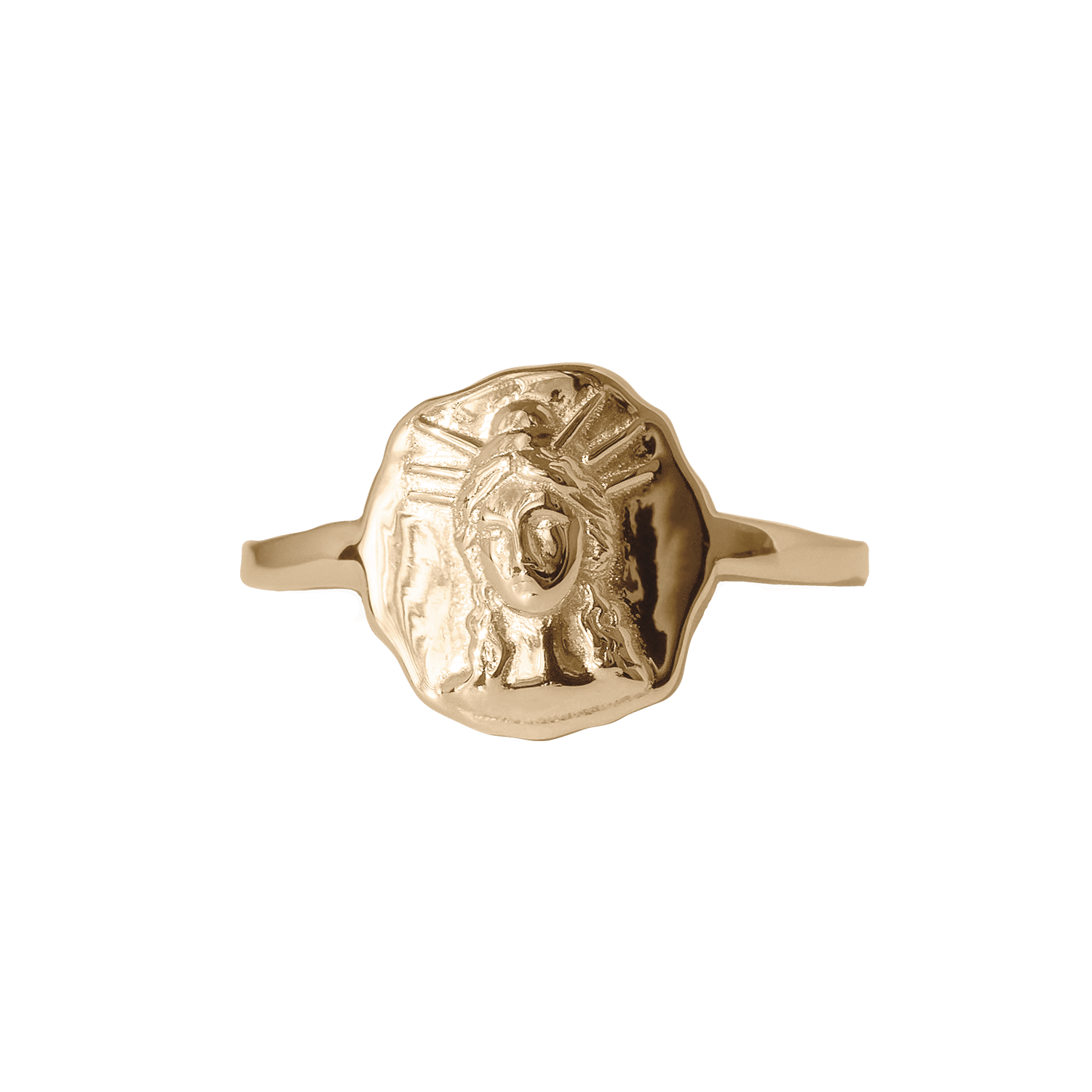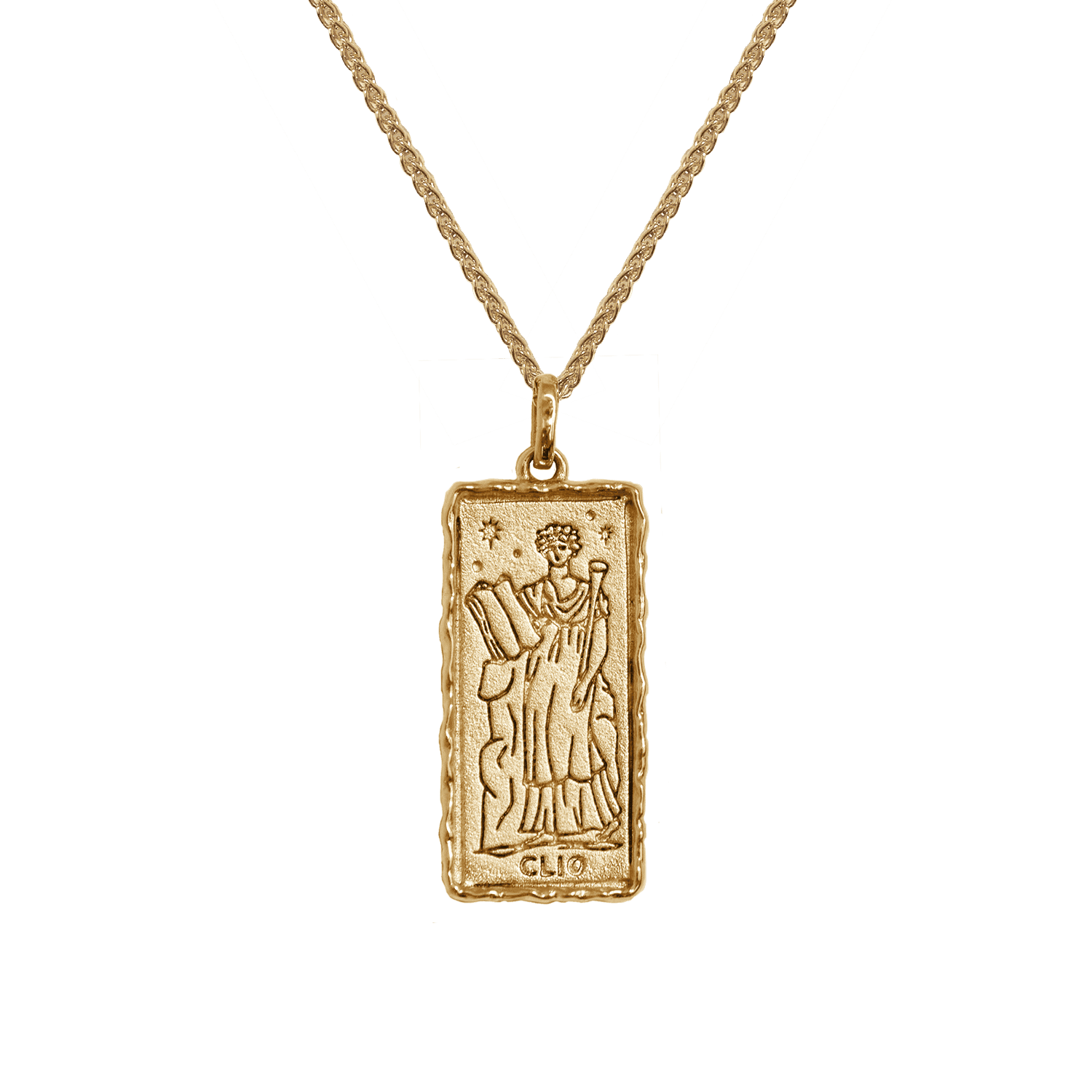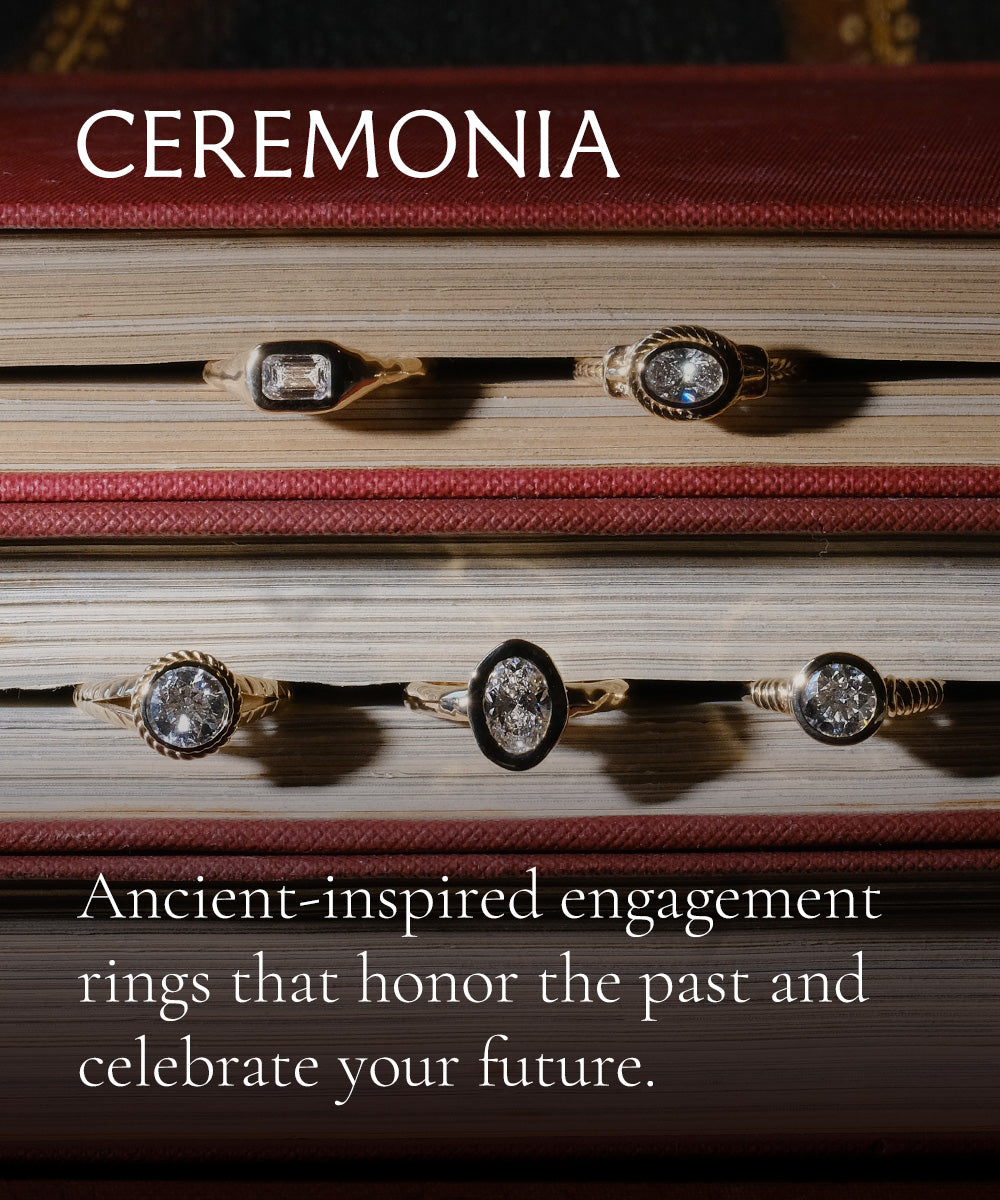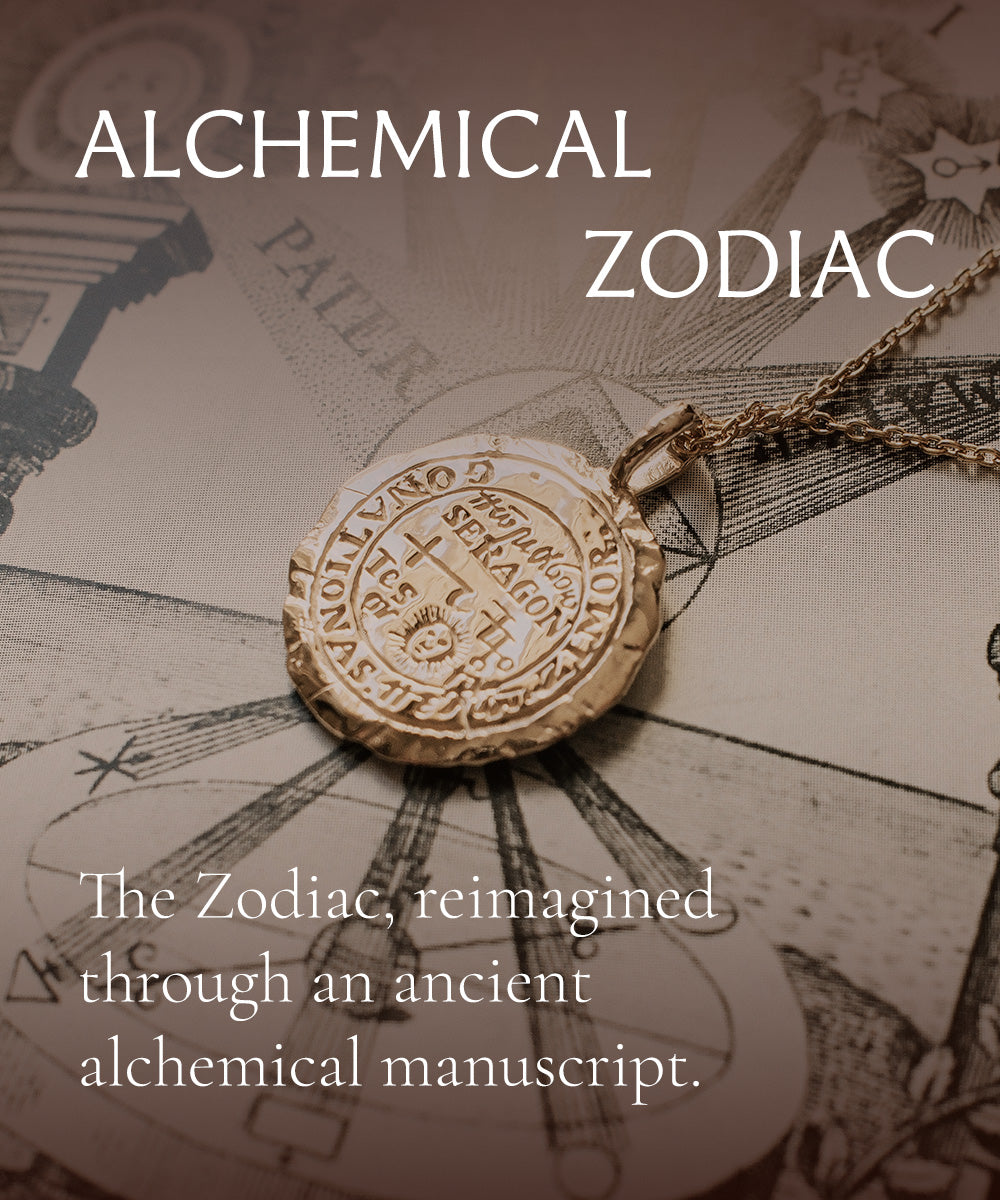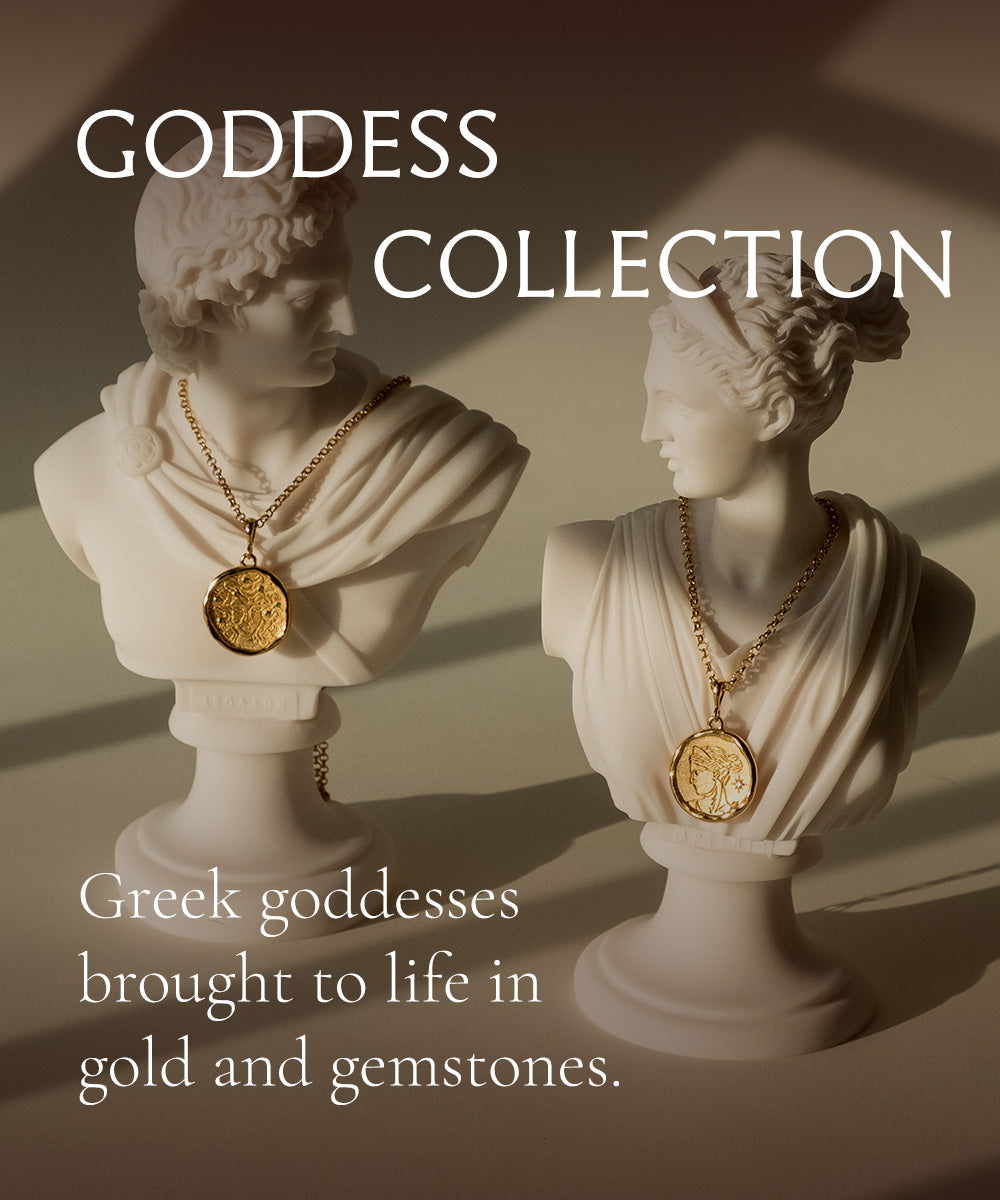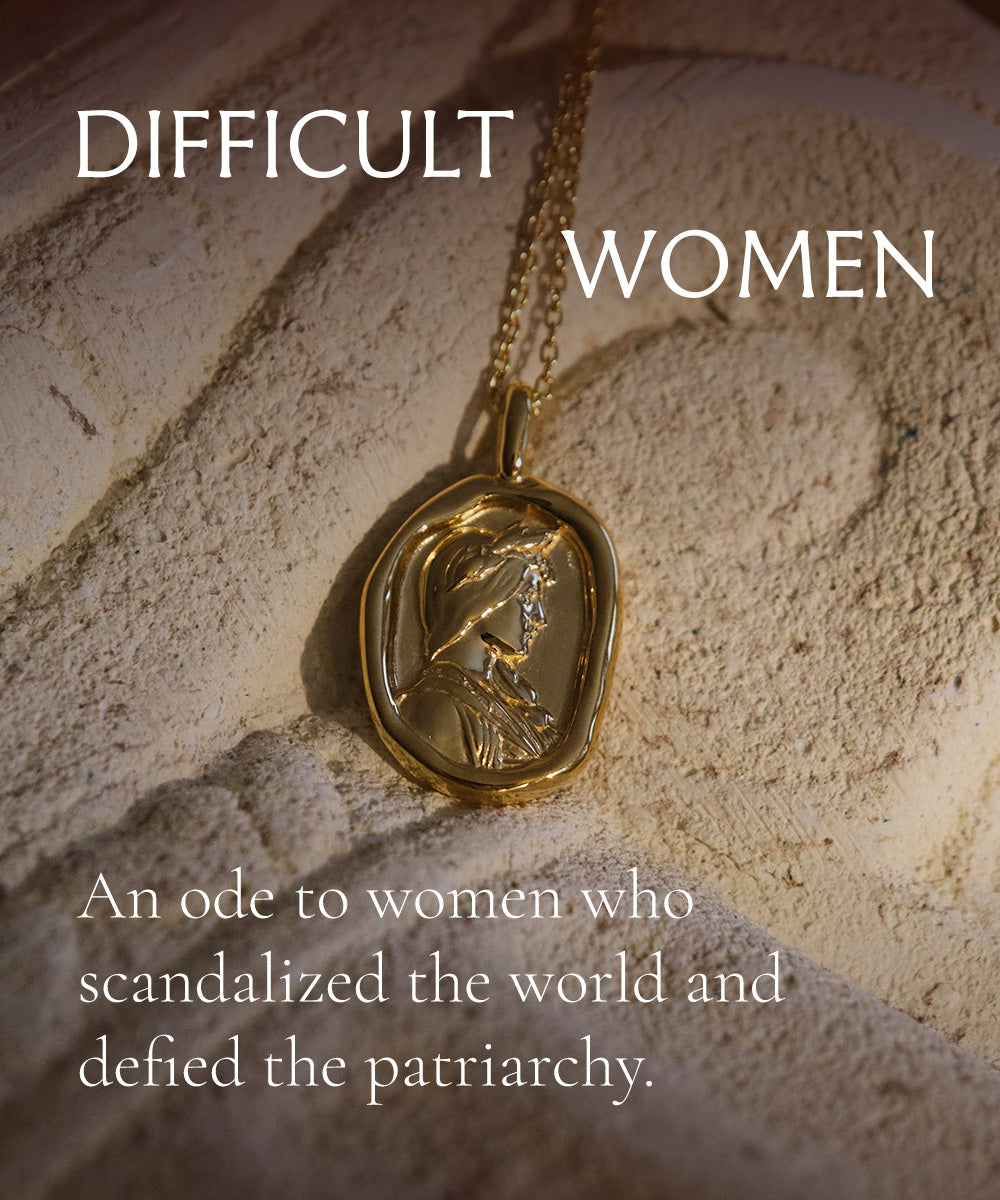The word “nymph” comes from the Greek numphe, meaning “bride,” but it didn’t exactly mean what you might imagine; generally, it referred to a certain stage of life, a young woman in her prime.
The nymphs of Greek myth were nature spirits in the form of beautiful young women. They were connected to rivers and oceans, plants and trees, the heavens and even the underworld—wherever living humans were not, and they each had their own niche.
The nymphs of the ocean were the Nereids, and the freshwater nymphs known as Naiads could be found in lakes, rivers, springs and marshes. Some Naiads even inhabited quiet fountains and wells.
The Oreads inhabited the mountains and Leimoniads picked wildflowers in the meadows. Tree nymphs called dryads roamed forests and gardens. The Meliae were a subset of dryad specific to the ash tree, and they were born of the blood of Uranus, the very same that touched the sea foam and formed the goddess Aphrodite.
There were nymphs of the breezes called Aurae, and Nephele who danced upon the clouds. The Hesperides, nymphs of the sunset, lived in Hera’s heavenly garden of golden apple trees.
In the depths of the Underworld lived the magical Lampades, torch bearers of Hecate and handmaidens of Persephone. There were nymphs in the retinue of Dionysus, nymphs of honey, nymphs of dance and flowers and stars.
These gentle spirits of Greek folklore were playful and lovely to look upon, but they held their homes sacred. Though they were often kind and helpful, they were capricious and prone to mischief. Humans took care to respect the land that was inhabited by spirits, plants and animals.
Nymphs haunted nearly every myth, filling in gaps where mothers and lovers and answers and reasons should be. They were not often afforded the space where gods and goddesses would roam, but their agency could be found in a space below the myth, in the annals of folklore.
It was a golden apple of the Hesperides that was the catalyst of the Trojan war. Thetis of the Nereids was born under a prophecy that any son she may bear would be greater than his father. Echo, a famous Oread of Mt. Cithaeron, chose love over all else. The dryad Daphne escaped the unsolicited desire of Apollo by turning herself into a laurel tree.
These spirits had the power to change history, supplicate to their own gods, and to refuse men—even if that meant turning into trees or flowers. Nymphs represent female desire and agency: the freedom to make impactful decisions, to say no, to honor her feelings, to freely and unabashedly follow her heart.
